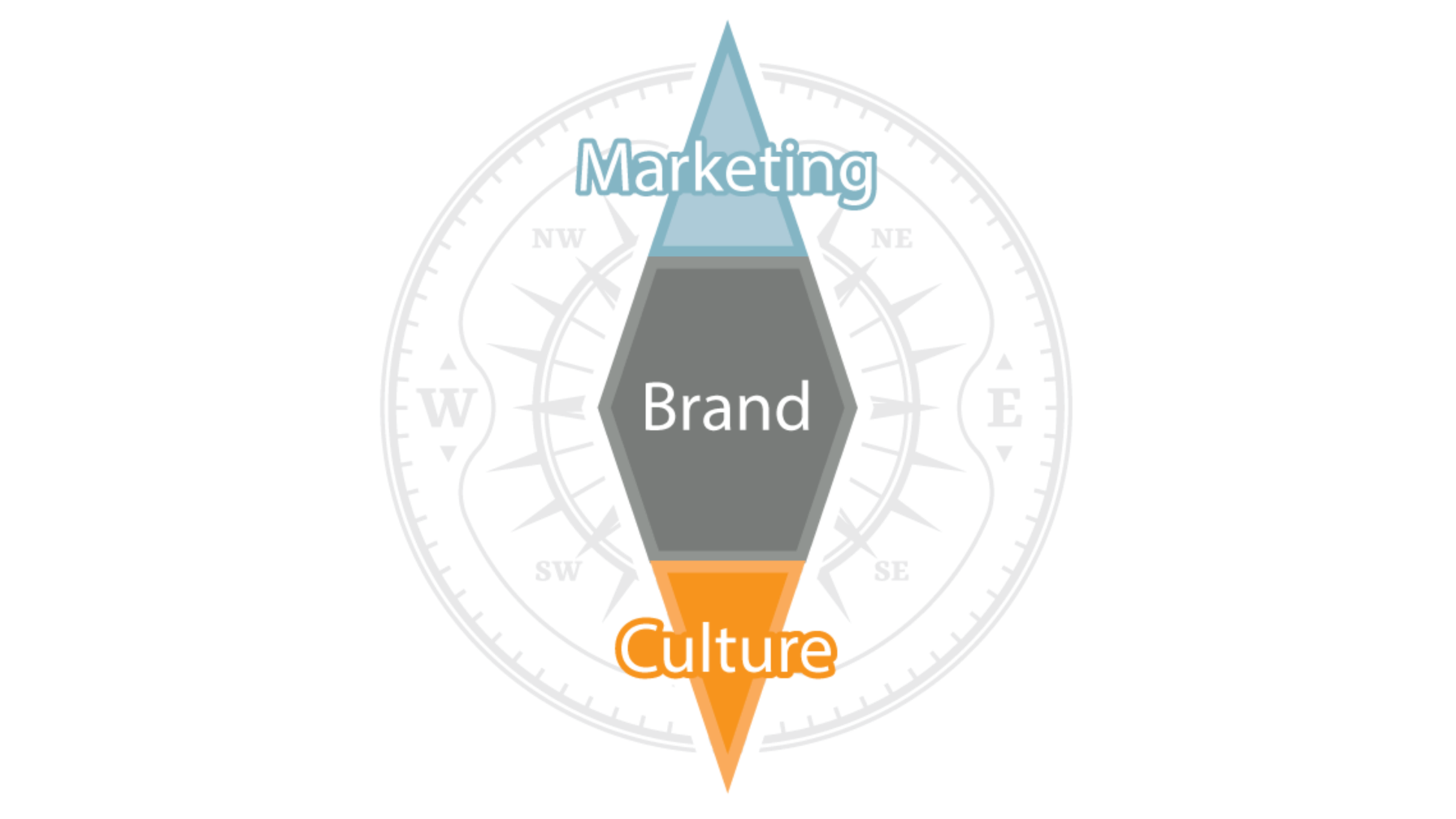The inland waterways industry, as well as the marine and maritime industries, are a complex ecosystem that intersects at many different sects and subsets.
With over 4,000 inland waterways transportation businesses reported in the US in 2023, we continue to see an industry on the rise. This marks 4.1% increase from 20221, a fairly sharp jump in new business that follows a similar annual trend over the past five years.
While this should help established businesses feel good about the opportunity for sustained growth, that doesn’t come without caveats.
More businesses mean more competition vying for bigger pieces of the pie, whether that’s by trying to be the first to scoop up new business, or from those looking to offer competitive pricing for services to existing businesses.
Not to mention, employment growth struggles to keep up with the industry. Employment growth has only increased 1.5%2 on average since 2018.
Either way, sustained growth for the individual business is not guaranteed, especially with a growing industry adding hungry new businesses to the proverbial digital rolodex each day.
In a lot of ways, the industry functions like a horse race, each company jockeying for position, focused on first the businesses in their path, but ultimately, to come out on top of whichever sect they compete in. This is where marketing comes into play. And not just for the new businesses trying to make a name for themselves. It’s also imperative for established businesses who may have grown apathetic in their desires to promote their business.
Igniting Sustainable Growth by Prioritizing Your Brand
In the waterways industry, it is no secret that brand equity is the quiet king of the castle. While each business has its own unique path toward lead generation and customer growth, there is a rich tradition of relying first on a business’s reputation when making the partnering/hiring/contracting decisions.
Some businesses have great brand equity because they’ve been reliable players for years, even decades in some cases. But with today’s competitive market, with so many new, eager businesses chomping at the bit for a bid/job/contract, that competition is poised to carve out their niche somewhere.
No matter which column of that category your business might fall in: the established, trusted business everyone knows, or the new, up-and-coming business hoping to find their footing, these steps toward prioritizing your brand can help you establish the baseline required in an industry built on reputations:
Building a Resonant Brand Identity:
Who is your brand, or rather, what does it stand for? It’s important to know how a compelling brand identity becomes a powerful tool for attracting customers and fostering loyalty. Your brand identity is the “essence” of who you are as a business.
Strategic Brand Positioning in the Industry:
The “see what sticks” method is time consuming and expensive. It’s extremely hard to just jump into the fray of a decades old industry. It’s also hard to maintain a competitive edge when you are on top. The key is to uncover the nuances of strategically positioning your brand amidst the competitive currents of your industry. From differentiation to niche targeting, it’s important to discover how to make your brand stand out and leave a lasting impression.
Employee Advocacy and Brand Culture:
Understand the vital role your employees play in amplifying your brand message. Explore strategies to cultivate a brand-centric culture within your organization, transforming employees into powerful advocates. This is the foundation on which your brand identity will be derived and ultimately sustained. Bring to the forefront what brings your brand life.
Effective Brand Marketing Strategies:
Find a place to amplify your message. Dive into proven marketing strategies. From digital presence to traditional channels, learn how to optimize your marketing mix to maximize brand visibility and customer engagement through strategies developed by the three points above.
“So, what’s all this going to do, anyway?”
Sure, it sounds like a lot of work. Some might say even work they don’t have time to do. The steps required to truly leverage your brand to position it for strategic growth is going to take a little time. But, in the end, it’s time invested in laying the groundwork so future growth, both internally, as a company, and as a business looking to gain customers.
Consider this analogy: many jobs along the inland waterways are dangerous. Some, as we know, rank among the most dangerous jobs in America. For this reason, the training necessary to qualify the workforce is far more complex than other jobs of similar occupations, say for example, hand laborers or general material movers.
You know that the time investment necessary to equip those employees to succeed and operate without incident is well worth it, even setting aside regulatory standards.
Building brand equity isn’t all that different: doing the legwork up front and taking the time to establish these benchmarks lays the groundwork for those future transactional efforts to be successful.

Speaking of success, here’s how these factors can translate into actual business dollars when implemented strategically:
Customer Acquisition and Retention:
Having a robust brand foundation contributes to both acquiring and retaining customers.
Symbiotic Relationship between Brand Strength and Employee Engagement:
Understanding the symbiotic relationship between a strong brand and employee engagement enables you to create a motivated and aligned workforce.
Industry-Specific Marketing Insights:
You stand to gain valuable insights with industry-specific marketing approaches that not only elevate your brand’s visibility and resonance, but teach you more about your target audience along the way, opening the door for that customer acquisition and retention.
“Oftentimes, when meeting with businesses or organizations, they aren’t aware of the many different solutions brand positioning can offer,” says Britana Finke, Brand Development Specialist at Innovations Branding House.
“Of course, you have the marketing angle. It’s very easy to draw a clear path from proper brand positioning to growth through strategic marketing. However, one of the lesser known benefits is how it can actually improve internal operations.”
“From better hiring practices, to greater productivity and efficiency, by better understanding the brand you are trying to leverage, you’ll also better inform employees of how they fit into the larger company culture. It can bring so much clarity in areas where many don’t realize they need clarification.”
It’s in her experience, she says, by defining, then elevating, your company’s brand identity, it creates an unmistakable clarity on the mission, vision, purpose and goals of your business. In turn, that informs employees of who the company is, what they stand for and what their greater purpose may be.
She says it also pays dividends when creating onboarding documentation, not to mention in the talent recruitment process, as well.
“It’s pretty amazing how much impact defining and aligning your company’s culture within your brand can serve two simultaneous purposes; working to create new business, but also creating a stronger, goal-oriented workforce. And in an arena such as the Inland Waterways, Marine, and Maritime industries, that’s the type of effort that can really amplify a brand among stiff competition.”




